Introduction:
Hereditary Multiple Exostoses (HME), also known as Multiple Osteochondromas (MO), is a genetic condition that affects the musculoskeletal system. In this article, we will shed light on Hereditary Multiple Exostoses, its causes, symptoms, diagnosis, and management, with a focus on patient awareness.
What is Hereditary Multiple Exostoses?
Hereditary Multiple Exostoses is a hereditary disorder that primarily affects the bones and cartilage. It is characterized by the development of multiple benign bone tumors called osteochondromas. These growths usually develop near the ends of long bones, such as the arms and legs, but can also appear on the hips, shoulders, and other bones throughout the body (Figure 1).
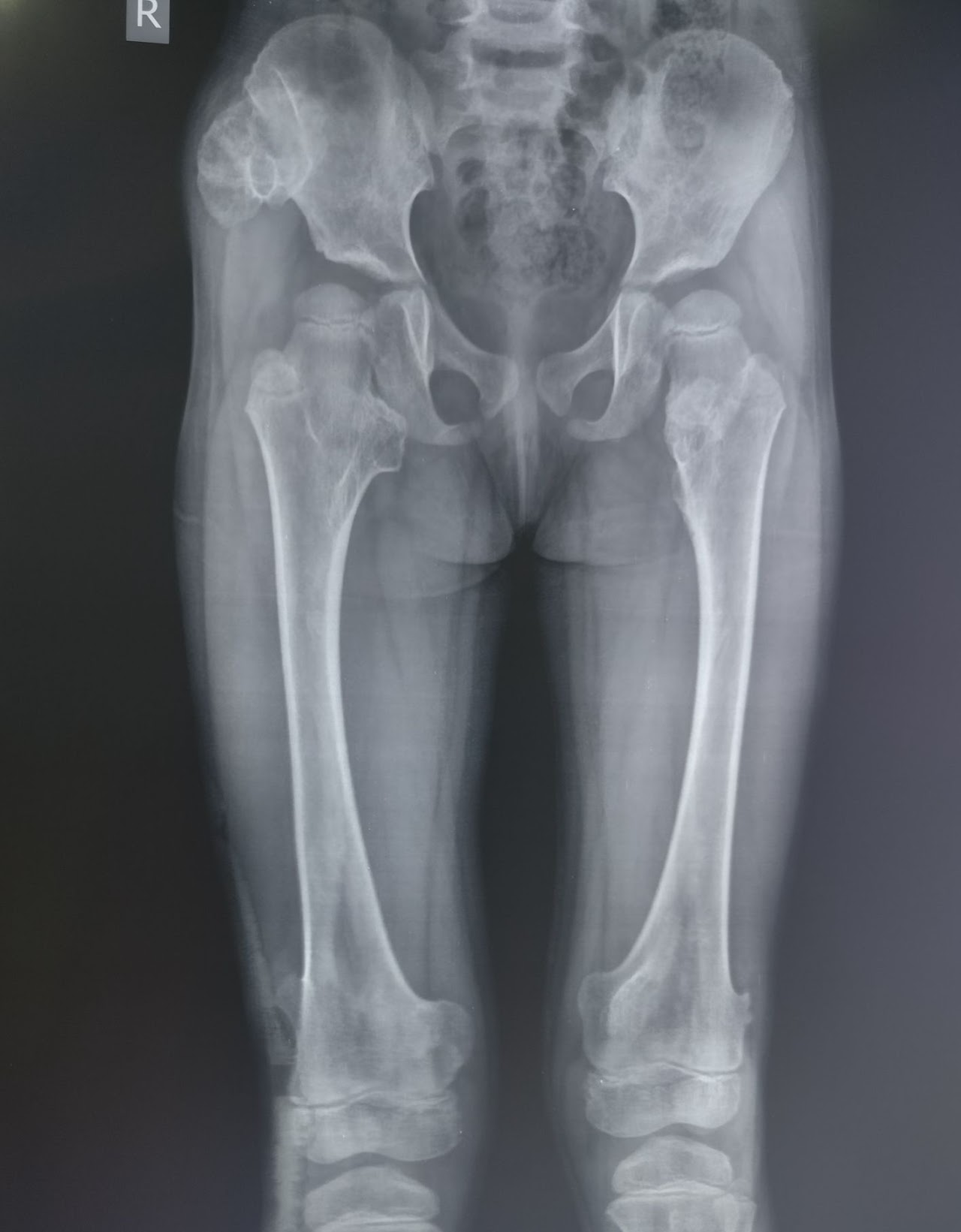
Figure 1: Pelvis, bilateral proximal femur, bilateral distal femur osteochondromas in a child with Hereditary Multiple Exostoses
What are the causes of Hereditary Multiple Exostoses?
HME is primarily caused by genetic mutations. In most cases, it is an autosomal dominant condition, meaning that if one parent carries the defective gene, there is a 50% chance of passing it on to their children.
Occassionally, the disease may arise as a spontaneous mutation, that is, children may develop the condition though no other family member has ever had it.
The genetic mutations that lead to HME are often associated with the EXT1 and EXT2 genes. These genes play a crucial role in the development and maintenance of cartilage and bone.
Mutations in these genes disrupt normal bone growth, leading to the formation of osteochondromas.
What are the signs and symptoms of hereditary multiple exostoses?
The signs and symptoms of Hereditary Multiple Exostoses can vary from person to person. Some individuals may have mild symptoms, while others may experience more severe complications.
Common signs and symptoms include:
1. Osteochondromas: These benign bone tumors are the hallmark of HME. Majority of the times, these are asymptomatic, painless bony swellings. Osteochondromas increase in size with growth of the child and stop growing after the skeletal maturity (14 years in girls, 16 years in boys).
2. Pain: As osteochondromas grow, they can put pressure on surrounding tissues and cause pain. The pain may worsen with physical activity or as the person grows.
3. Limited Range of Motion: Osteochondromas near joints can limit the range of motion, making it difficult to perform everyday activities. This can happen particularly around the hip joints.
4. Deformities: In some cases, the condition can lead to deformities due to the interference of osteochondromas with bone growth. This can happen especially around the knee joints, ankle joints and forearms.
5. Nerve Impingement: Rarely, osteochondromas may press on nerves, leading to numbness or weakness in the affected area.
6. Bursa Formation: The overlying soft tissues can develop bursa, fluid-filled sacs, as a response to the presence of osteochondromas.
What are the dangerous complications?
Dangerous complications of hereditary multiple exostoses are extremely rare. These include:
1. Malignant transformation: Approximately 1% of hereditary multiple exostoses may undergo malignant transformation.
This is more likely to occur in osteochondromas involving flat bones (pelvis and scapula), and in adult age group.
This complication should be suspected if an osteochondroma suddenly starts increasing in size. Diagnosis can be confirmed with MRI and biopsy of the suspect lesion.
2. Neuro-deficit due to intra-spinal lesions: Very rarely, osteochondromas within the spine can compress on the spinal cord and cause neuro-deficit (weakness) of upper limbs/ lower limbs.
What is the management of hereditary multiple exostoses?
Though a child with hereditary multiple exostoses may have multiple osteochondromas, the majority of these don’t cause any symptoms, and, need not be treated.
Treatment is needed for only those osteochondromas which are causing symptoms in the form of pain, pressure on overlying nerves/ blood vessels, mechanical block to movement of adjacent joint, deformity. In these cases, surgery is needed.
Surgery for hereditary multiple exostoses involves resection of the offending osteochodroma and/ or deformity correction (Figure 2, 3).
Forearm deformities in hereditary multiple exostoses often need surgical correction (Figure 4).

Figure 2: A large distal tibia exostosis was causing deformity of the Left ankle and pressure effect on the adjacent fibula bone. For this reason, the exostosis was excised. Note the thinning of the fibula due to chronic pressure effect of the tibia exostosis.
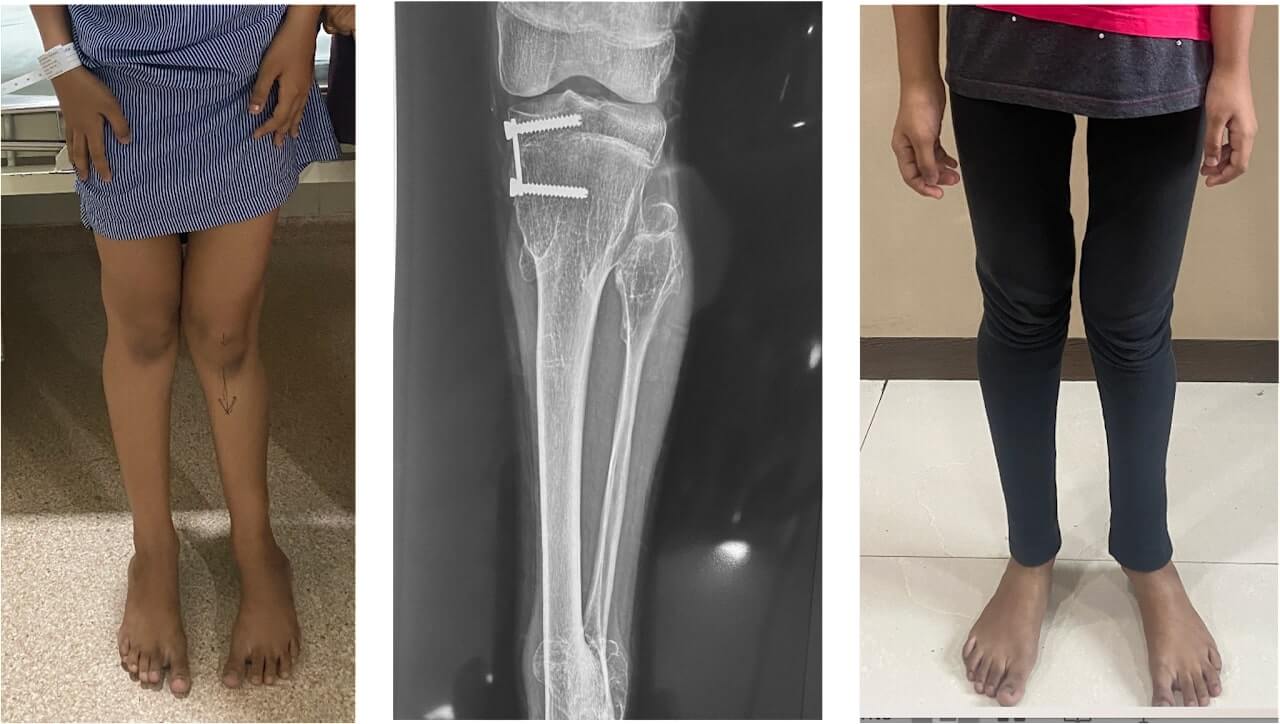
Figure 4: Forearm deformity in a child with Hereditary Multiple Exostoses. Note the ulna shortening and bow of radius. The deformity was corrected by ulna shortening osteotomy and radius corrective osteotomy.
Conclusion:
Hereditary Multiple Exostoses is a rare genetic condition that presents as multiple bony swellings. Majority of osteochondromas in HME don’t need surgical intervention. Surgery may be needed if an osteochondroma is creating problems in form of pain/ restricted motion/ deformity.
However children with HME should be under medical observation to watch for the extremely rare but dreadful complications of malignant transformation or weakness due to nerve compression.
– By Dr Sandeep Vaidya, Paedictric Orthopaedic Surgeon, Pinnacle Orthocentre Hospital. For more information, E-mail drsvvaidya@gmail.com/ Call 7028859555.

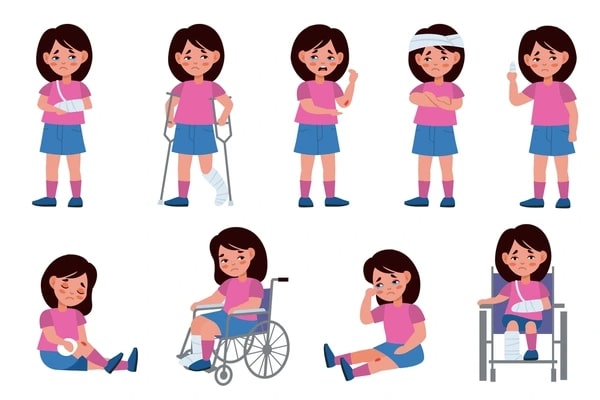

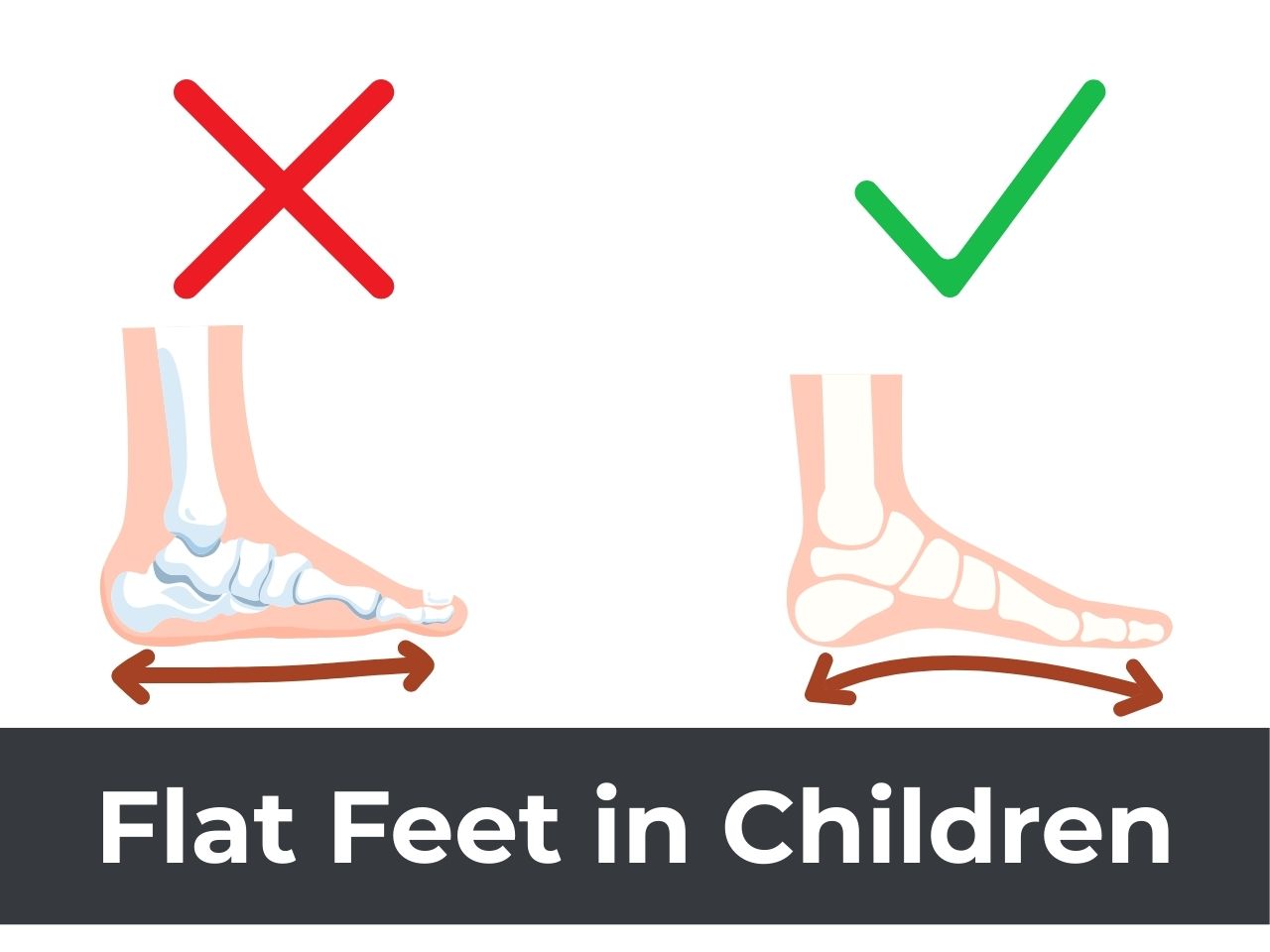

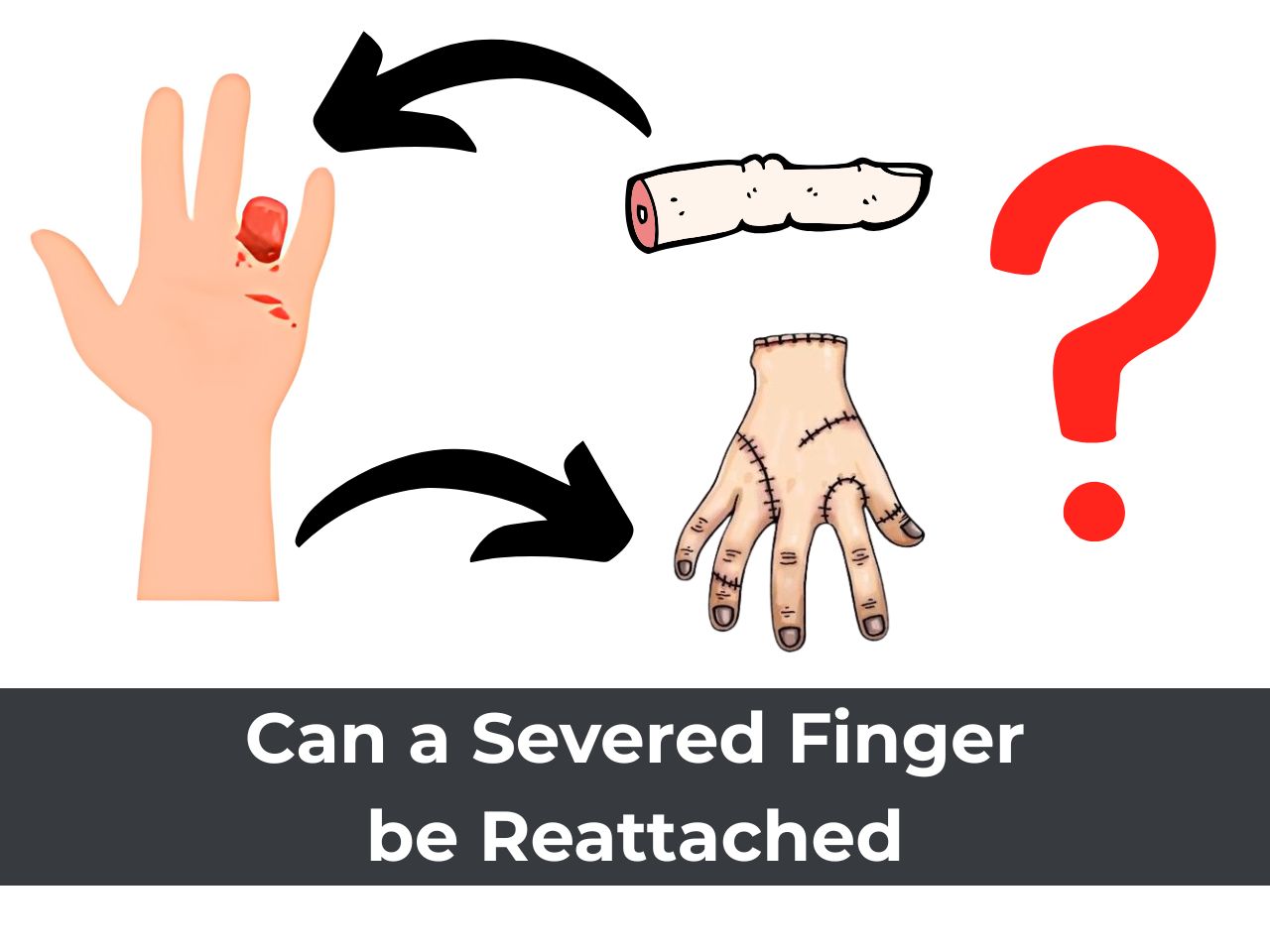
0 Comments